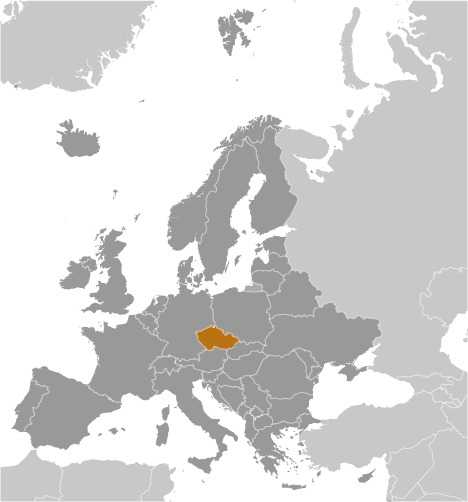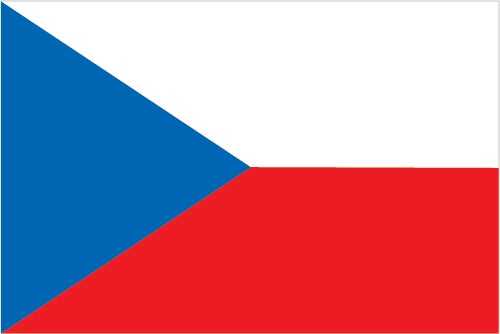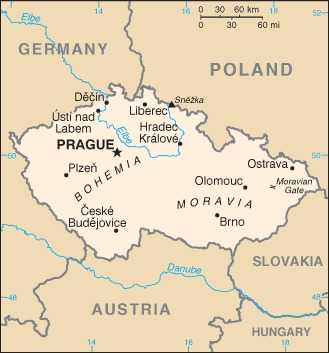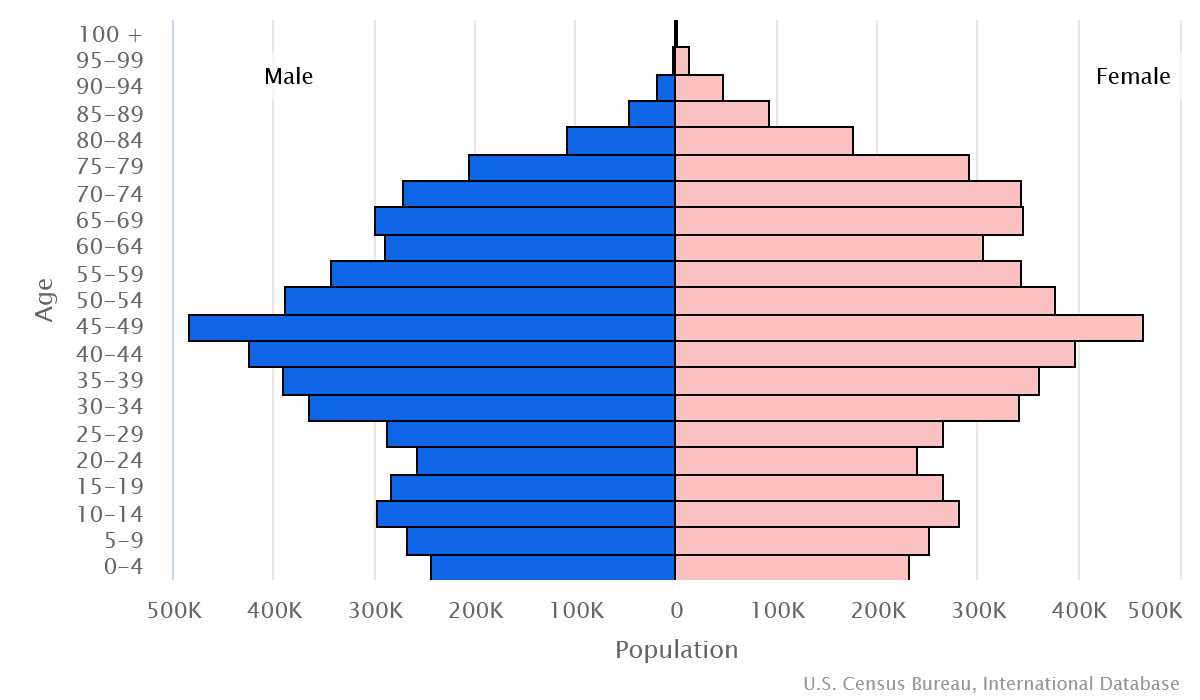Introduction
Background
After World War I, the Czechs and Slovaks of the former Austro-Hungarian Empire merged to form Czechoslovakia, but then split in 1993 in the nonviolent “velvet divorce.” The Czech Republic joined NATO in 1999 and the EU in 2004. The country added the short-form name Czechia in 2016.
Geography
Area
total : 78,867 sq km
land: 77,247 sq km
water: 1,620 sq km
Climate
temperate; cool summers; cold, cloudy, humid winters
Natural resources
hard coal, soft coal, kaolin, clay, graphite, timber, arable land
People and Society
Population
total: 10,837,890
Ethnic groups
Czech 57.3%, Moravian 3.4%, other 7.7%, unspecified 31.6% (2021 est.)
Languages
Czech (official) 88.4%, Slovak 1.5%, other 2.6%, unspecified 7.2%
note: includes only persons with one mother tongue (2021 est.)
Religions
Roman Catholic 7%, other believers belonging to a church or religious society 6% (includes Evangelical United Brethren Church and Czechoslovak Hussite Church), believers unaffiliated with a religious society 9.1%, none 47.8%, unspecified 30.1% (2021 est.)
Population growth rate
0.04% (2024 est.)
Government
Government type
parliamentary republic
Capital
name: Prague
Executive branch
chief of state: President Petr PAVEL (since 9 March 2023)
head of government: Prime Minister Petr FIALA (since 17 December 2021)
Legislative branch
description: bicameral Parliament or Parlament consists of:
Senate or Senat (81 seats; members directly elected in single-seat constituencies by absolute majority vote in 2 rounds if needed; members serve 6-year terms with one-third of the membership renewed every 2 years)
Chamber of Deputies or Poslanecka Snemovna (200 seats; members directly elected in 14 multi-seat constituencies by proportional representation vote with a 5% threshold required to fill a seat; members serve 4-year terms)
Economy
Economic overview
high-income, diversified EU economy; manufacturing-oriented exporter led by automotive industry; growth stalled by inflation and energy supply disruption; business-friendly regulatory frameworks; tight labor market with low unemployment; seeking reforms to support decarbonization and improve energy efficiency
Real GDP (purchasing power parity)
$519.007 billion (2023 est.)
$520.629 billion (2022 est.)
$508.67 billion (2021 est.)
Real GDP per capita
$47,700 (2023 est.)
$48,800 (2022 est.)
$48,400 (2021 est.)
Agricultural products
wheat, sugar beets, milk, barley, rapeseed, potatoes, maize, pork, triticale, oats (2022)
Industries
motor vehicles, metallurgy, machinery and equipment, glass, armaments
Exports
$236.688 billion (2023 est.)
$217.731 billion (2022 est.)
$205.626 billion (2021 est.)
Exports - partners
Germany 32%, Slovakia 8%, Poland 7%, France 5%, Austria 5% (2022)
Exports - commodities
cars, vehicle parts/accessories, broadcasting equipment, computers, plastic products (2022)
Imports
$219.393 billion (2023 est.)
$218.002 billion (2022 est.)
$197.515 billion (2021 est.)
Imports - partners
Germany 24%, China 13%, Poland 10%, Slovakia 6%, Russia 4% (2022)
Imports - commodities
broadcasting equipment, vehicle parts/accessories, natural gas, machine parts, plastic products (2022)
Exchange rates
koruny (CZK) per US dollar -
Page last updated: Wednesday, July 24, 2024




